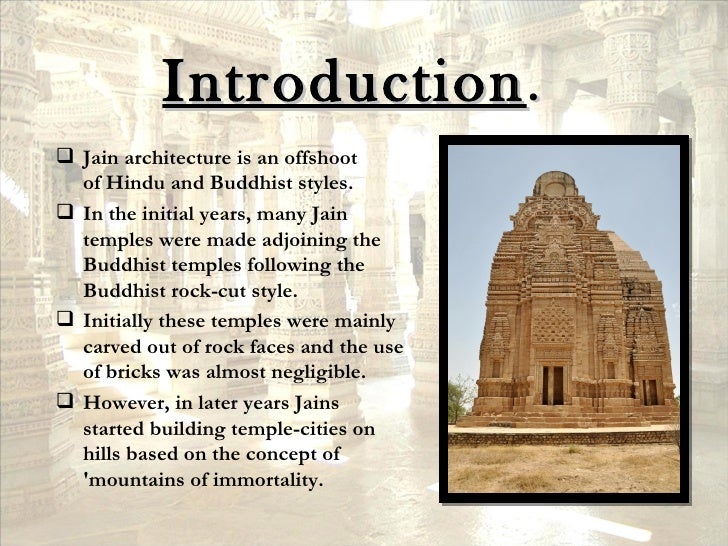Jainism And Buddhism Ppt
In the religion Jainism, the art and architecture can closely resemble that of Hinduism and Buddhism, with some differences. Because most artists at the time belonged to independent guilds who would serve any religion, including Buddhism and Hinduism, Jain art is similar in style to neighboring religions, with differences in iconography and theme. Jainism and Buddhism. The sixth century B.C. Is considered a wonderful century in history. Great thinkers like Buddha, Mahavira, Heraclitus, Zoroaster, Confucius and Lao Tse lived and preached their ideas in this century. In India, the republican institutions were strong in the 6 th century B.C. This enabled rise of heterodox sects against the. Dear Ashish, Thanks for the article. Your statement - 'It was to challenge this stratification that two of the world’s major religions, Buddhism and Jainism, took root in north India in the 5th century BC' is completely wrong. Jainism, as it is becoming more and more evident predates Vedic religions, from which Hinduism is born with lots of. Spread of Jainism and Buddhism: Part I Emergence of heterodox sects: The sixth century B.C. Was an important stage in Indian history as far as the development of new religions is concerned. Selfstudyhistory.com In this period, we notice a growing opposition to the ritualistic orthodox ideas of the Brahmanas.
Buddhism Vs Hinduism Vs Jainism
Jainism and Buddhism
The sixth century B.C. is considered a wonderful century in history. Great thinkers like Buddha, Mahavira, Heraclitus, Zoroaster, Confucius and Lao Tse lived and preached their ideas in this century. In India, the republican institutions were strong in the 6th century B.C. This enabled rise of heterodox sects against the orthodox religion dominated by rites and rituals. Among them the most successful were Jainism and Buddhism whose impact on the Indian society was remarkable.
Causes for the Rise of Jainism and Buddhism
The primary cause for the rise of Jainism and Buddhism was the religious unrest in India in the 6th century B.C. The complex rituals and sacrifices advocated in the Later Vedic period were not acceptable to the common people. The sacrificial ceremonies were also found to be too expensive. The superstitious beliefs and mantras confused the people. The teachings of Upanishads, an alternative to the system of sacrifices, were highly philosophical in nature and therefore not easily understood by all. Therefore, what was needed in the larger interests of the people was a simple, short and intelligible way to salvation for all people. Such religious teaching should also be in a language known to them. This need was fulfilled by the teachings of Buddha and Mahavira.
Other than the religious factor, social and economic factors also contributed to the rise of these two religions. The rigid caste system prevalent in India generated tensions in the society. Higher classes enjoyed certain privileges which were denied to the lower classes. Also, the Kshatriyas had resented the domination of the priestly class. It should also to be noted that both Buddha and Mahavira belonged to Kshatriya origin. The growth of trade led to the improvement in the economic conditions of the Vaisyas. As a result, they wanted to enhance their social status but the orthodox Varna system did not allow this. Therefore, they began to extend support to Buddhism and Jainism. It was this merchant class that extended the chief support to these new religions.
